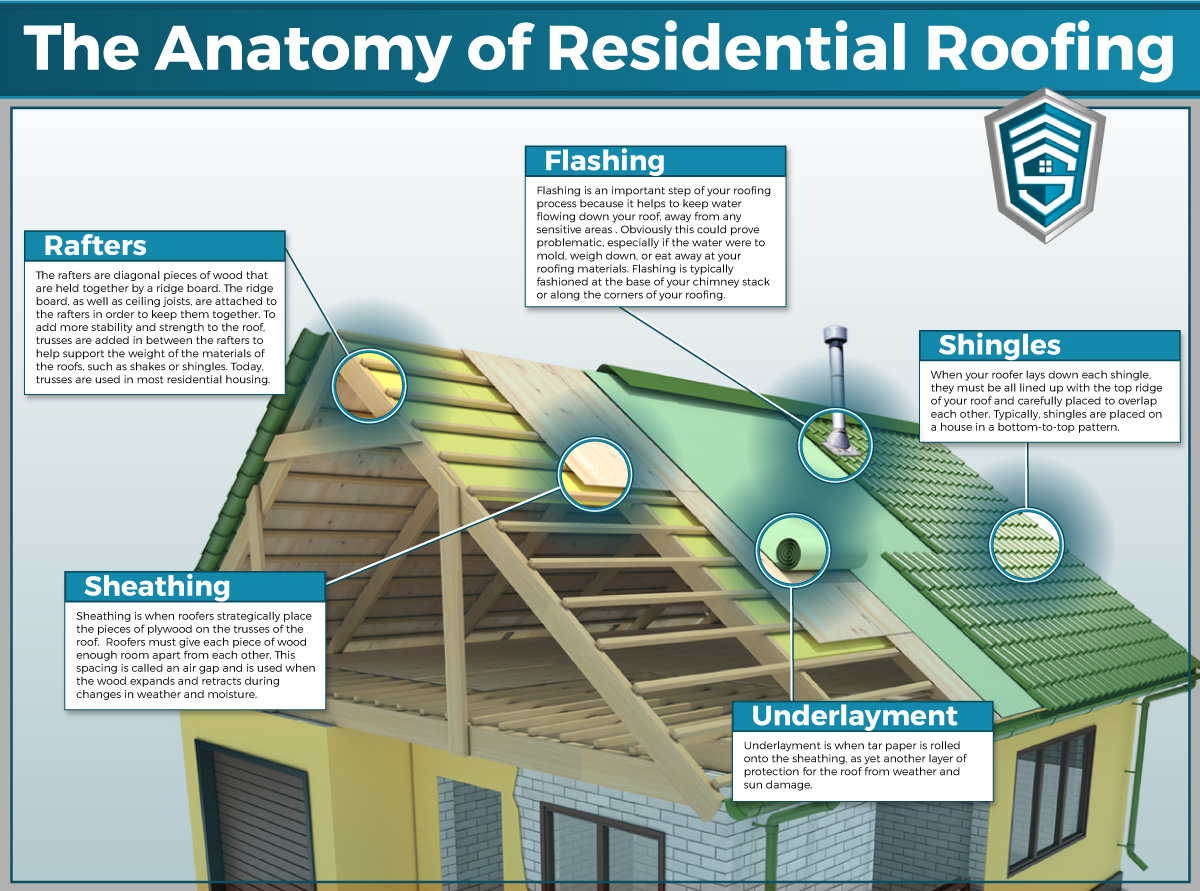Neglecting Roof Ventilation Can Cause Costly Repair Services; Uncover The Important Considerations That Make Sure Reliable Installment And Preserve Your Investment
Neglecting Roof Ventilation Can Cause Costly Repair Services; Uncover The Important Considerations That Make Sure Reliable Installment And Preserve Your Investment
Blog Article
Composed By-Kehoe Curtis
When you're dealing with a roofing task, you could not assume much about roofing system ventilation, yet it's more important than you realize. Effective ventilation assists regulate temperature level and moisture in your attic, avoiding troubles like mold and structural damages. By understanding just how to design and install a balanced ventilation system, you can enhance energy performance and lengthen the life expectancy of your roofing products. So, what are the vital variables to consider throughout setup that can make all the difference?
Relevance of Roof Covering Ventilation
Roof covering ventilation plays an essential function in preserving the general health of your home. By enabling fresh air to distribute through your attic room, it assists control temperature and wetness degrees. This balance is important to protect against warm accumulation throughout warm months, which can result in enhanced energy costs as your a/c burns the midnight oil.
Moreover, proper ventilation significantly minimizes the risk of moisture-related issues like mold and mildew. If humidity levels climb, your home's structural stability can be compromised, causing pricey repairs. You would not want to take care of deteriorating timber or warped roof products, right?
Furthermore, sufficient air flow expands the life-span of your roofing system. When heat and wetness are kept in check, your roof can do ideally, avoiding early wear and tear. This indicates fewer headaches and expenditures down the line.
How Roof Covering Ventilation Works
Reliable roofing system air flow depends on the natural movement of air to produce a balance in between intake and exhaust. When you install vents, you're essentially permitting fresh air to enter your attic while enabling warm, stagnant air to leave. This process aids regulate temperature level and moisture levels, avoiding issues like mold and mildew growth and roofing damages.
Intake vents, generally found at the eaves, attract cool air from outside. At the same time, exhaust vents, situated near the ridge of the roofing, allow hot air surge and departure. The difference in temperature develops a natural air movement, known as the stack impact. As cozy air increases, it creates a vacuum that pulls in cooler air from the reduced vents.
To enhance this system, you need to make certain that the consumption and exhaust vents are correctly sized and positioned. If the consumption is limited, you will not achieve the preferred air flow.
Furthermore, not enough exhaust can catch heat and moisture, resulting in prospective damage.
Key Installment Factors To Consider
When setting up roofing ventilation, several crucial considerations can make or break your system's efficiency. First, you require to evaluate your roofing's style. https://roofingexpert05050.blogproducer.com/40970996/the-clear-cut-resource-for-roof-exactly-how-to-select-the-best-products-for-your-home , shape, and materials all affect air flow and air flow selection. Make sure to select vents that match your roofing system type and neighborhood environment problems.
Next off, think about the placement of your vents. Preferably, you'll want a well balanced system with consumption and exhaust vents positioned for optimum airflow. Area consumption vents short on the roofing system and exhaust vents near the height to encourage a natural circulation of air. https://wonderfulengineering.com/rubber-roofing-materials-pros-and-cons/ stop dampness accumulation and advertises energy efficiency.
Don't forget about insulation. Correct insulation in your attic protects against warm from getting away and maintains your home comfy. Guarantee that insulation does not obstruct your vents, as this can prevent air flow.
Finally, think of maintenance. Select air flow systems that are easy to gain access to for cleaning and evaluation. Regular maintenance guarantees your system continues to function successfully with time.
Verdict
To conclude, roof ventilation is crucial for an effective setup. By making certain proper airflow, you can avoid warm buildup and moisture concerns that bring about costly damage. When you tactically setting consumption and exhaust vents, you enhance energy effectiveness and lengthen the lifespan of your roof. Keep in mind, a well-ventilated roof not only protects your financial investment yet likewise improves your interior air high quality. So, prioritize air flow to make sure a durable and economical roofing system for your home.
